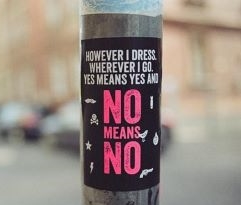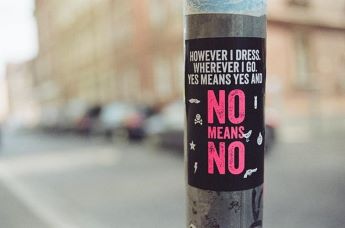What Are Types Of Workplace Harassment For Employee Training


In the workplace, human resource professionals and those in employee relations are pivotal in recognizing and helping to eliminate the varied harassment when armed with adequate information.
These episodes can range from ageism, sexual harassment, racism, gender harassment, and on. Ideally, the behavior is identified early before it can escalate. The workplace needs to be a safe environment for each member where everyone can feel comfortable and secure in doing their job.
What Are Types Of Workplace Harassment For Employee Training
Human resource professionals and employee relations work tirelessly to recognize episodes of harassment in the workplace and attempt to eliminate these, so they don’t grow out of control.
While the problem is still rampant throughout the varied industries, the voices of those affected are becoming better represented as the landscape changes gradually. Learn methods for dealing with workplace harassment at https://www.inc.com/lolly-daskal/10-tips-for-dealing-with-workplace-harassment.html. Some of the common forms of harassment dealt with on the work front include:
Discriminatory
Any harassment in the workplace is construed as discriminatory by nature. The classification is more focused on the intent than the behavior itself, unlike physical or verbal harassment. Some of these include:
Age–based: Anyone over the age of 40 can find themselves the victim of mockery or insults, unfair criticisms, overlooked with meetings and work events/activities due to the stereotypes placed on age. Frequently the harassment is a ploy to push the victim into retiring early.
Sexual orientation or gender harassment: This type of harassment is beginning to gain legitimacy as victims face harassment whether heterosexual, homosexual, bisexual, asexual, and on, depending on the job they hold.
For instance, if a heterosexual male is in a position as a hairdresser in a salon, he may face harassment. If a heterosexual female chooses to be a mechanic, she may also face bullies.
Racial: A person dealing with this type of victimization will find either their race, ancestry, citizenship, country of origin, or skin color the subject. That can extend to the person’s beliefs, an accent, hairstyle, customs, even clothing. The bullies’ resort to using acts of intolerance, disgust, racial slurs, inappropriate jokes, and insults.
Physical
This harassment also references as workplace violence since it can involve threats or physical attacks and, in the worst-case scenario, can be categorized as assault.
When employees engage in “playful” gestures like shoves, lines are blurred as to appropriateness since those being shoved dictate whether the actions make them uncomfortable.
It’s essential to clarify what is acceptable and not in company codes of conduct, so there are no discrepancies.
Verbal
Often personality conflicts in the workplace go beyond body language or facial expressions into a behavior that’s serious but not illegal.
The verbal harasser gets away with being downright mean and consistently unpleasant with the potential for a great deal of damage in the workplace because there’s no real solution for the problem, and sometimes it’s not even identified.
Power
Using power as a form of harassment is unfortunately common in the workplace and denotes a power disparity between the bully and the victim. The harasser uses their position of authority to harass a person lower on the company platform.
Generally, these come with excessive demands that are virtually impossible to complete, demeaning tasks below the victim’s abilities, or the harasser intrudes on the victim’s private life.
Sexual
The behavior a victim endures is illegal and is taken extraordinarily seriously by the court system since it has the potential for creating a hostile work environment for the harassed with sexual misconduct and unwanted advances. Click for guidance on what determines a hostile work environment.
Being sexually harassed at work is one of the most difficult problems in the workplace, without a doubt.
Examples can include the possibility of intruding on personal space in a lude manner, sharing sexual pictures, inappropriate gestures, posting sexual graphics, inappropriate touching, sexual verbiage, whether jokes, comments, or questions.
Quid Pro Quo
Quid Pro Quo can fall in line with Power and sexual harassment in a sense. The translation for the phrase is “this for that.” In this instance, it’s an exchange of something in the workforce for sexual gratification.
Perhaps an employee will be given a raise, more benefits, or possibly a promotion by a person of authority if they participate in a sexual act.
These exchanges are sometimes used in the form of blackmail as well. For instance, a manager has an employee for misconduct of some sort and offers to sweep it under the rug if the employee performs a sexual favor.
The manager might not come right out and make the request for fear of repercussions but, instead, hint to their agenda, so only the victim is clear on what’s occurring.
Final Thought
There’s no room for victimization in any industry. A workplace harassment training needs to be incorporated at every level and enforced with solid repercussions for non-compliance. Without a stringent Code of Conduct and follow-through, harassment will not only happen but grow out of control.


